
Painful Red Bumps on Skin? It Might Be Dyshidrotic Eczema
Painful Red Bumps on Skin? It Might Be Dyshidrotic Eczema
If you’ve ever noticed small, red, itchy, or painful bumps appearing suddenly on your hands, feet, or sides of your fingers, you might be dealing with a condition known as dyshidrotic eczema. Though it may look alarming, this is a fairly common type of eczema that can be managed effectively once properly identified.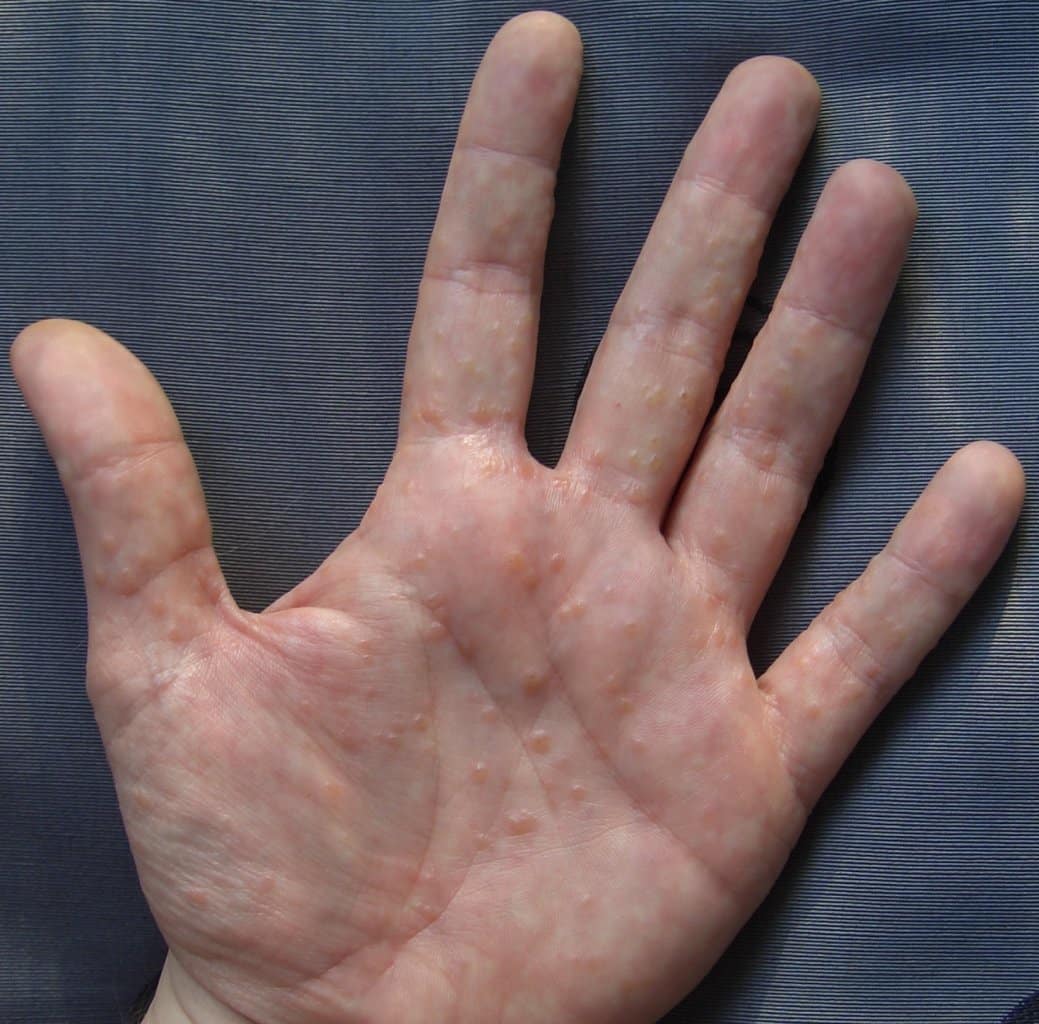
What Is Dyshidrotic Eczema?
Dyshidrotic eczema (also called pompholyx or dyshidrosis) is a chronic skin disorder characterized by the sudden appearance of tiny fluid-filled blisters. These blisters usually form on the palms, sides of the fingers, and soles of the feet. Over time, the affected areas may become dry, cracked, or scaly.
The exact cause is not fully understood, but dermatologists believe it involves a combination of genetic, environmental, and immune-related factors. It’s often linked to atopic dermatitis, seasonal allergies, stress, and contact with certain irritants or metals, such as nickel or cobalt.
How It Starts: Recognizing the Symptoms
Dyshidrotic eczema often begins with itching or a burning sensation before the bumps appear. Within hours or days, small vesicles (blisters) filled with clear fluid develop. These may cluster together, giving the skin a “tapioca-like” appearance.
Common symptoms include:
-
Tiny, deep-seated blisters on fingers, palms, or soles
-
Intense itching, burning, or stinging
-
Red, inflamed skin around the bumps
-
Cracking or peeling after blisters dry out
-
Pain or discomfort when the skin becomes tight or infected
For some, symptoms resolve within two to three weeks. However, in chronic or recurrent cases, flare-ups can happen multiple times a year.
What Causes Dyshidrotic Eczema?
Several factors can trigger or worsen this condition:
-
Allergies and Sensitivity to Metals: Contact with nickel (found in jewelry or coins) or cobalt (in tools or paints) can provoke flare-ups.
-
Stress: Psychological stress can activate inflammatory responses, worsening eczema symptoms.
-
Excessive Moisture or Sweating: Frequent hand washing or excessive sweating can irritate the skin barrier.
-
Seasonal Changes: Many patients experience flare-ups during spring or summer, possibly related to increased humidity or allergies.
-
Genetic Predisposition: A family history of eczema, asthma, or hay fever increases susceptibility.
How Is It Diagnosed?
Diagnosis is usually based on clinical examination by a dermatologist. Your doctor may ask about your occupation, allergies, and exposure to irritants. In some cases, patch testing is performed to identify possible contact allergens. Rarely, a skin biopsy is needed to rule out other conditions like fungal infections or scabies.
Treatment Options
While dyshidrotic eczema has no permanent cure, it can be effectively managed with a combination of topical and lifestyle measures.
-
Topical Corticosteroids:
Mild to moderate cases respond well to steroid creams or ointments, which help reduce inflammation and itching. -
Moisturizers and Barrier Creams:
Keeping the skin hydrated is crucial. Use fragrance-free, hypoallergenic moisturizers multiple times a day, especially after washing hands. -
Cold Compresses:
Applying a cool compress for 15–20 minutes can relieve itching and reduce swelling during flare-ups. -
Avoiding Triggers:
Identify and limit exposure to irritants, including detergents, metals, and excessive water. Wearing cotton gloves during household chores can also help protect sensitive skin. -
Antihistamines or Immune-Modulating Creams:
For severe or recurrent cases, your doctor may recommend oral antihistamines, topical calcineurin inhibitors (like tacrolimus or pimecrolimus), or even phototherapy. -
Antibiotics (if infected):
If blisters break open and become infected, antibiotic ointments or oral antibiotics may be prescribed.
Home Care and Prevention Tips
-
Wash hands with lukewarm water and mild soap. Avoid hot water.
-
Always pat skin dry gently—never rub.
-
Moisturize immediately after bathing or washing.
-
Avoid scratching, as this can worsen inflammation and invite infection.
-
Manage stress with relaxation techniques such as yoga, meditation, or deep breathing.
-
Wear breathable footwear to reduce moisture buildup on feet.
When to See a Doctor
If your red, itchy bumps persist for more than two weeks, become painful, ooze pus, or spread rapidly, seek medical advice promptly. Chronic dyshidrotic eczema requires a tailored treatment plan to prevent recurrences and protect the skin barrier.
The Bottom Line
Dyshidrotic eczema may look alarming and feel uncomfortable, but with the right treatment and care, flare-ups can be minimized or even prevented. Identifying triggers, maintaining proper skin hygiene, and following a consistent skincare routine are key to managing this condition. Remember — the sooner you recognize and address the signs, the better your skin can heal and recover.
News in the same category


If You Love Napping During the Day, This Is for You!
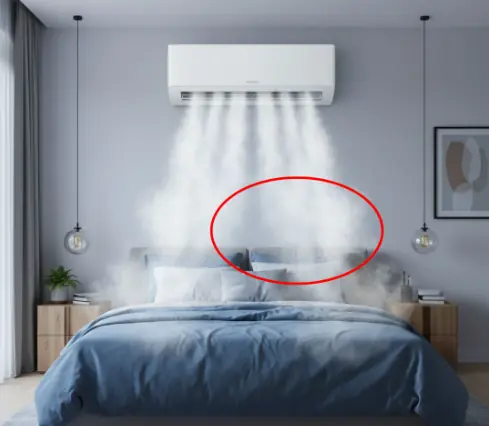
4 air conditioner installation locations do more harm than good

Soong Mei-ling Lived Past 100 Despite Can.cer: Her Two Favorite Drinks Are Still Popular Today

5 foods you should never keep overnight

5 types of vegetables that help detoxify and lower liver enzymes

4 everyday fruits doctors warn could fuel can.cer growth
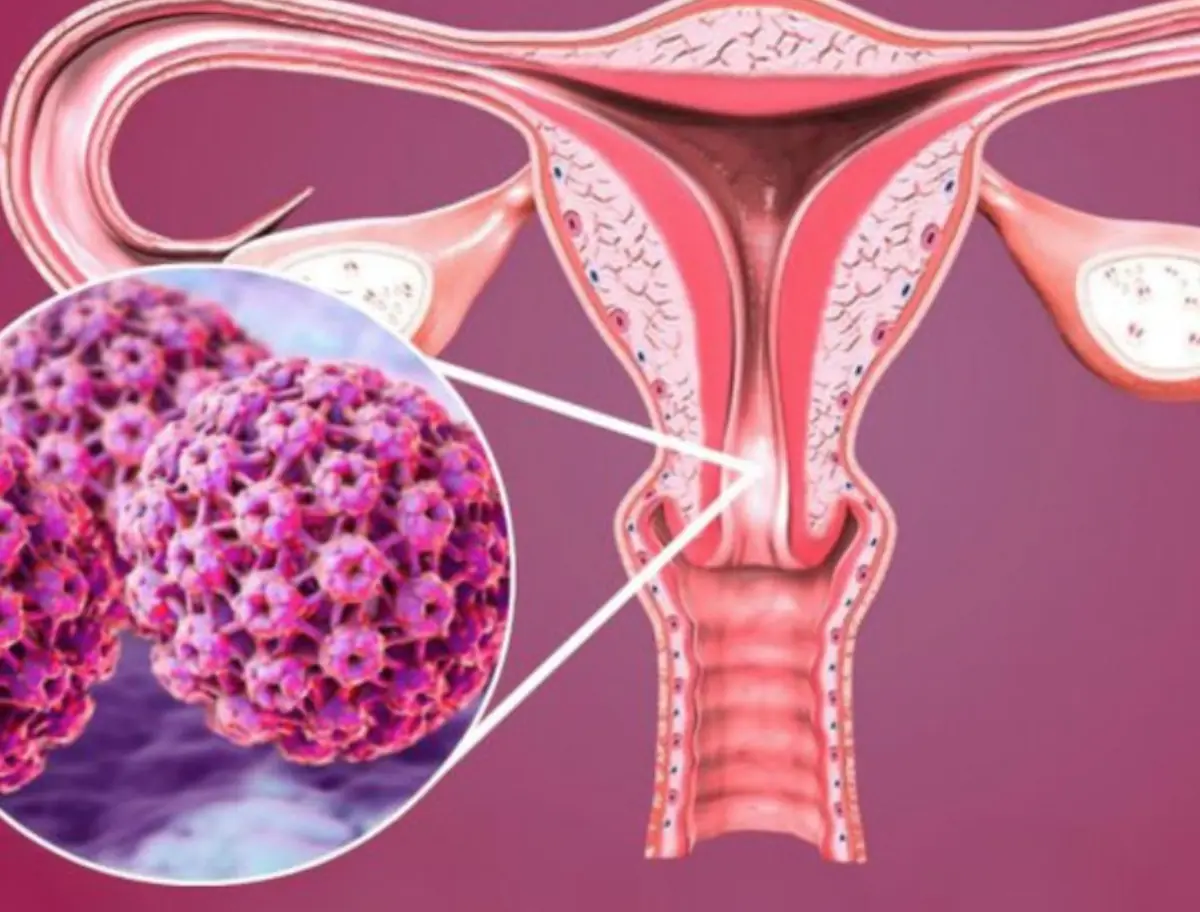
5 early warning signs of cervical can.cer
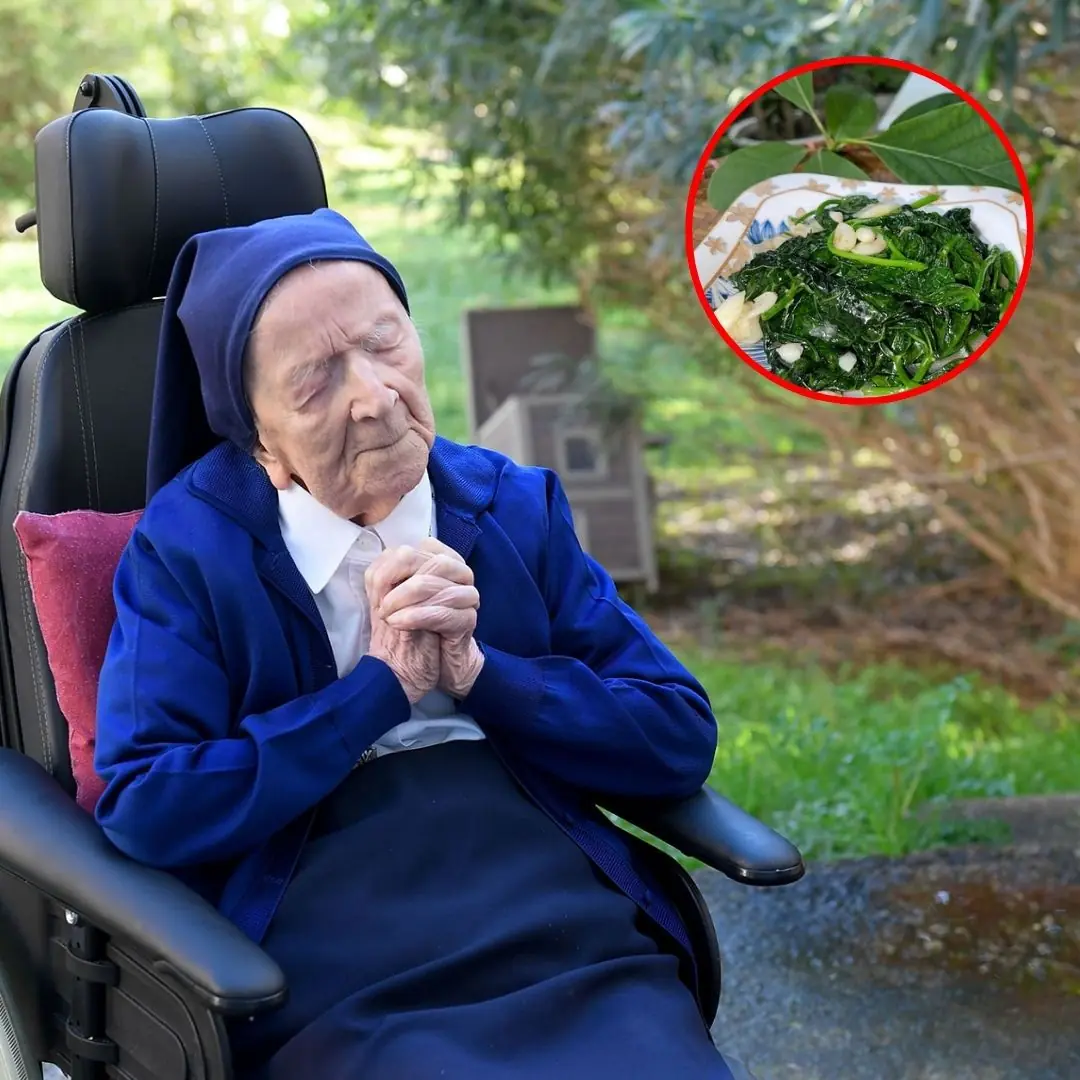
Secret to longevity: 3 eating habits that helped an old woman live to 118 years old
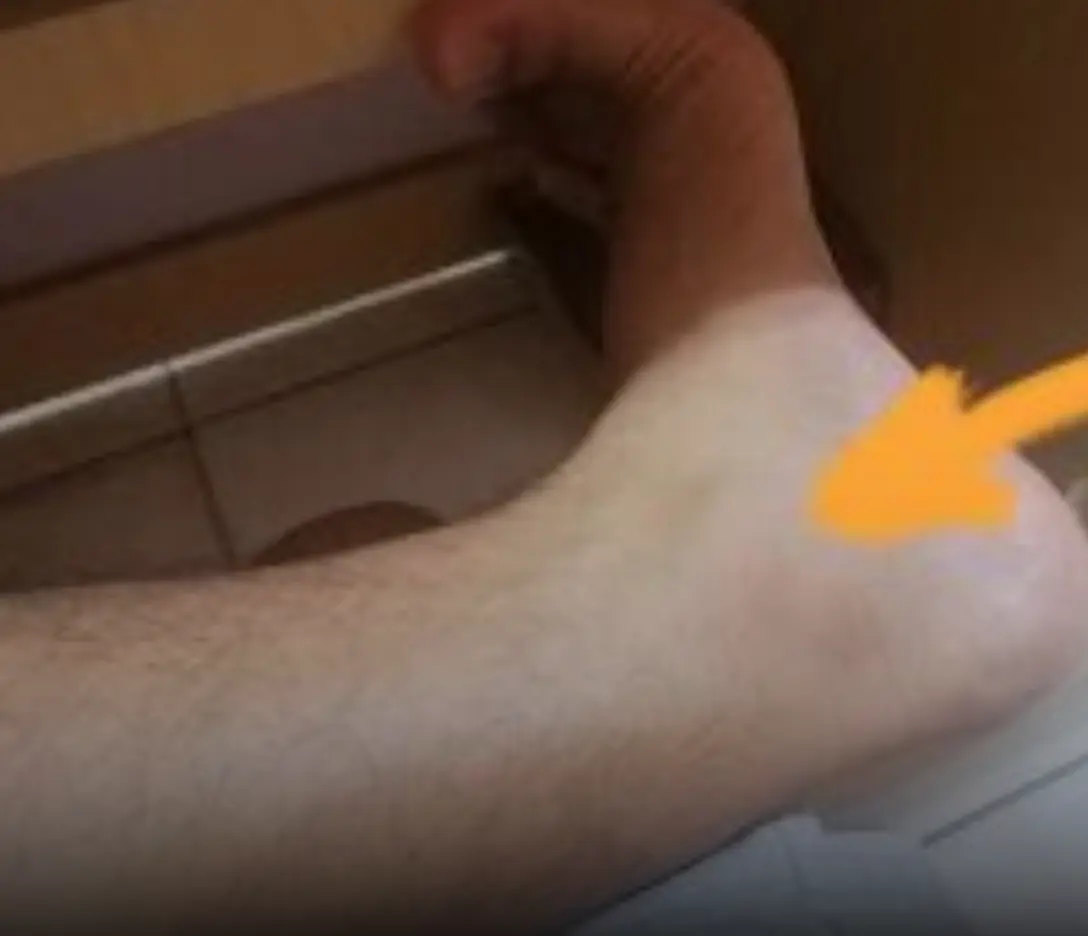
How your feet can reveal early signs of dia.betes
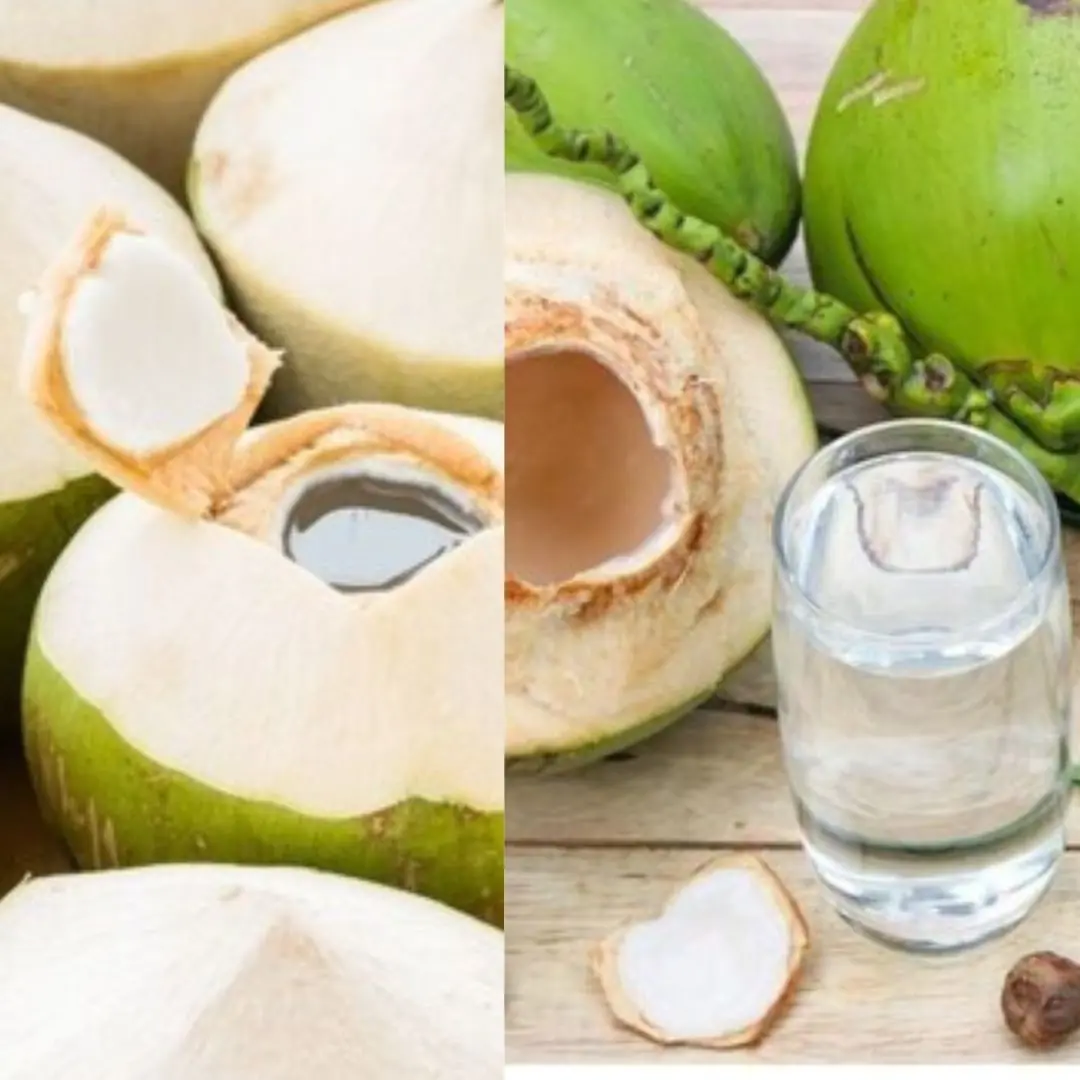
Great effects of drinking coconut water on an empty stomach for 7 days, the results will surprise you

Orange juice is nutritious but there are 5 groups of people who should not drink it
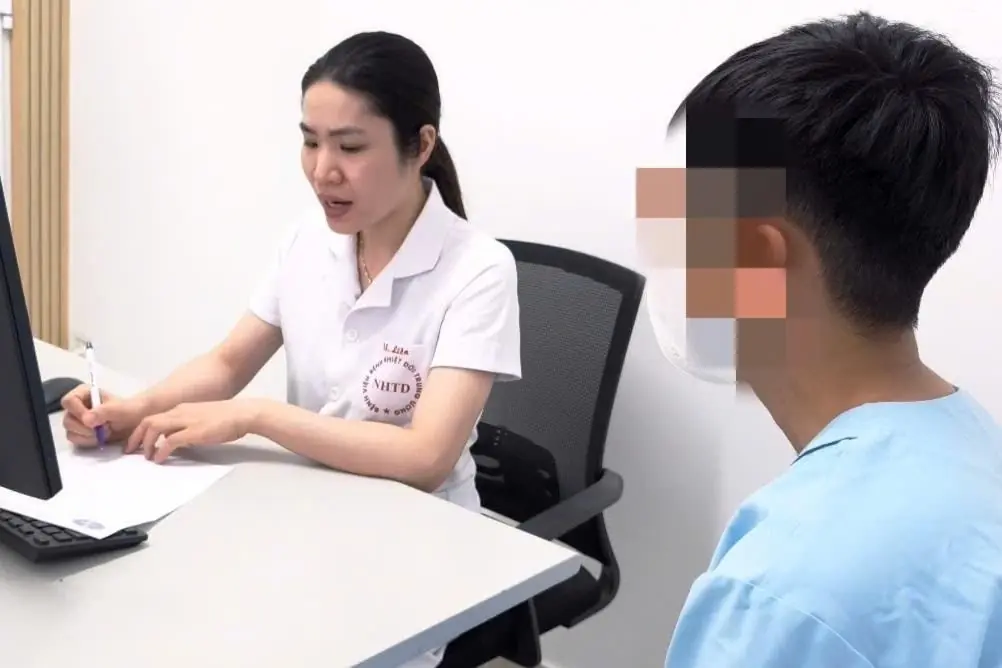
A Man Di.ed of Colon Can.cer Despite Going to Bed Early, Waking Up Early, and Walking Daily
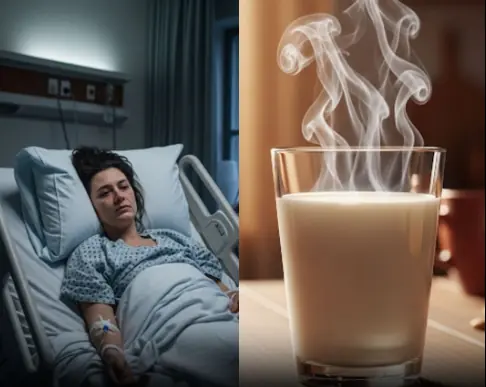
Young Woman Dies at 27 from Late-Stage Thyroid Cancer

Are You at Risk? Doctor Reveals Who’s Twice as Likely to Have a Heart Attack While Sleeping
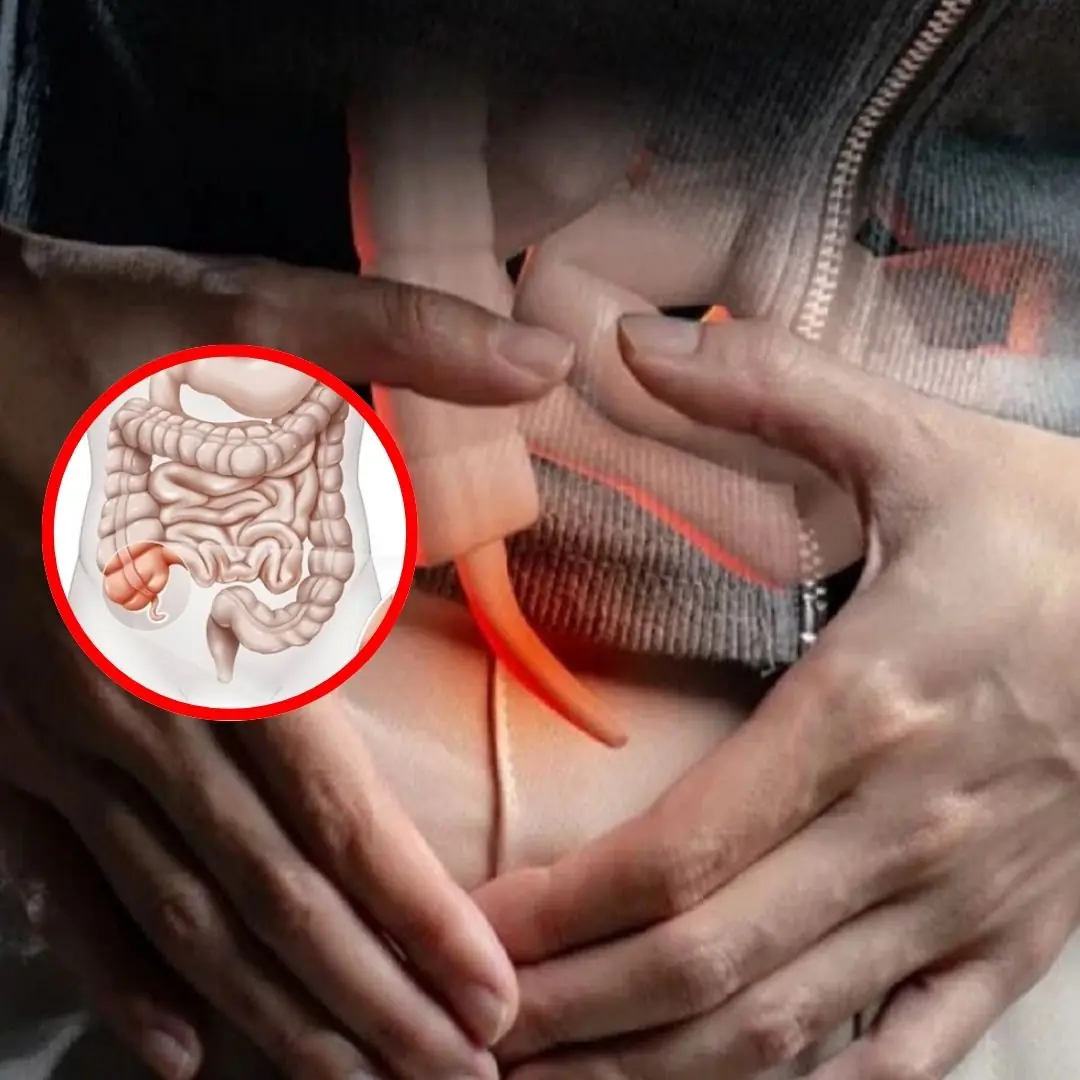
4 warning signs from the appendix, do not ignore!
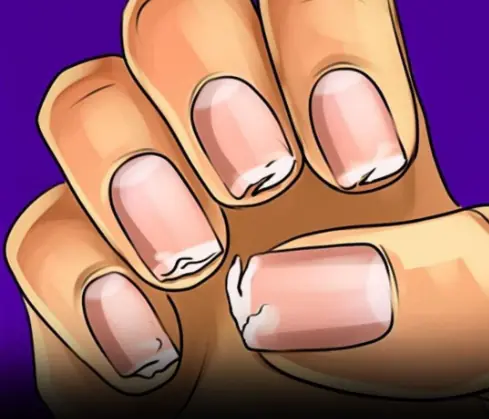
You Should Never Ignore These 9 Things Your Fingernails Reveal About Your Health
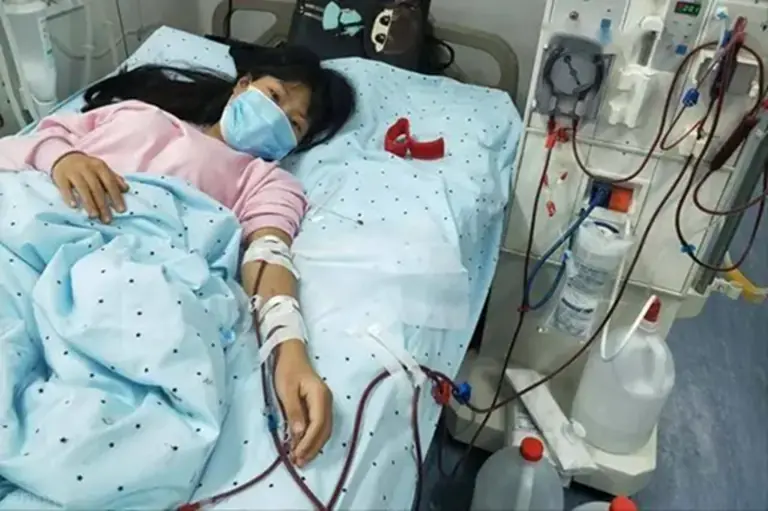
People with Kid.ney Problems Often Experience 3 Strange Symptoms During Sleep

Surprisingly, These 6 Fruits Act Like “Med.icine”
News Post

People with Blo.od Clots Often Experience 4 Unusual Symptoms While Walking

If You Love Napping During the Day, This Is for You!
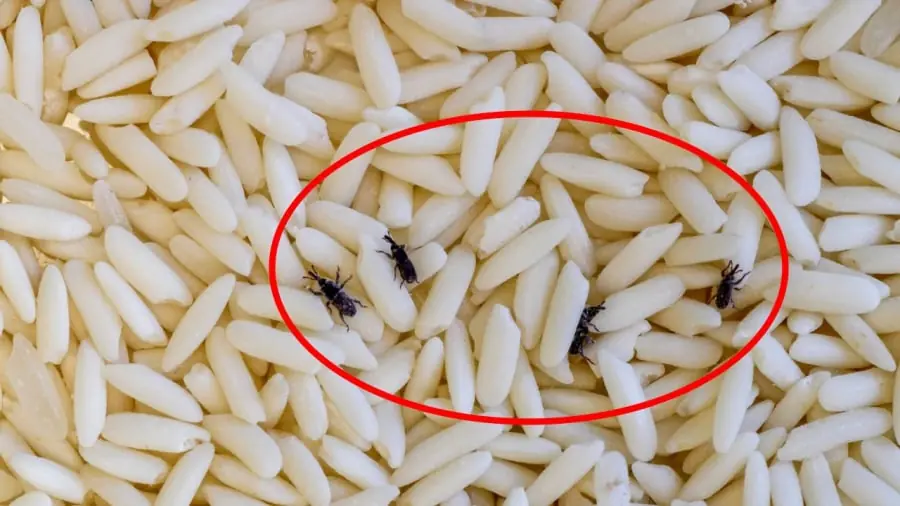
Tips to Keep Rice Fresh and Free from Weevils

4 air conditioner installation locations do more harm than good

Soong Mei-ling Lived Past 100 Despite Can.cer: Her Two Favorite Drinks Are Still Popular Today

5 foods you should never keep overnight

5 types of vegetables that help detoxify and lower liver enzymes
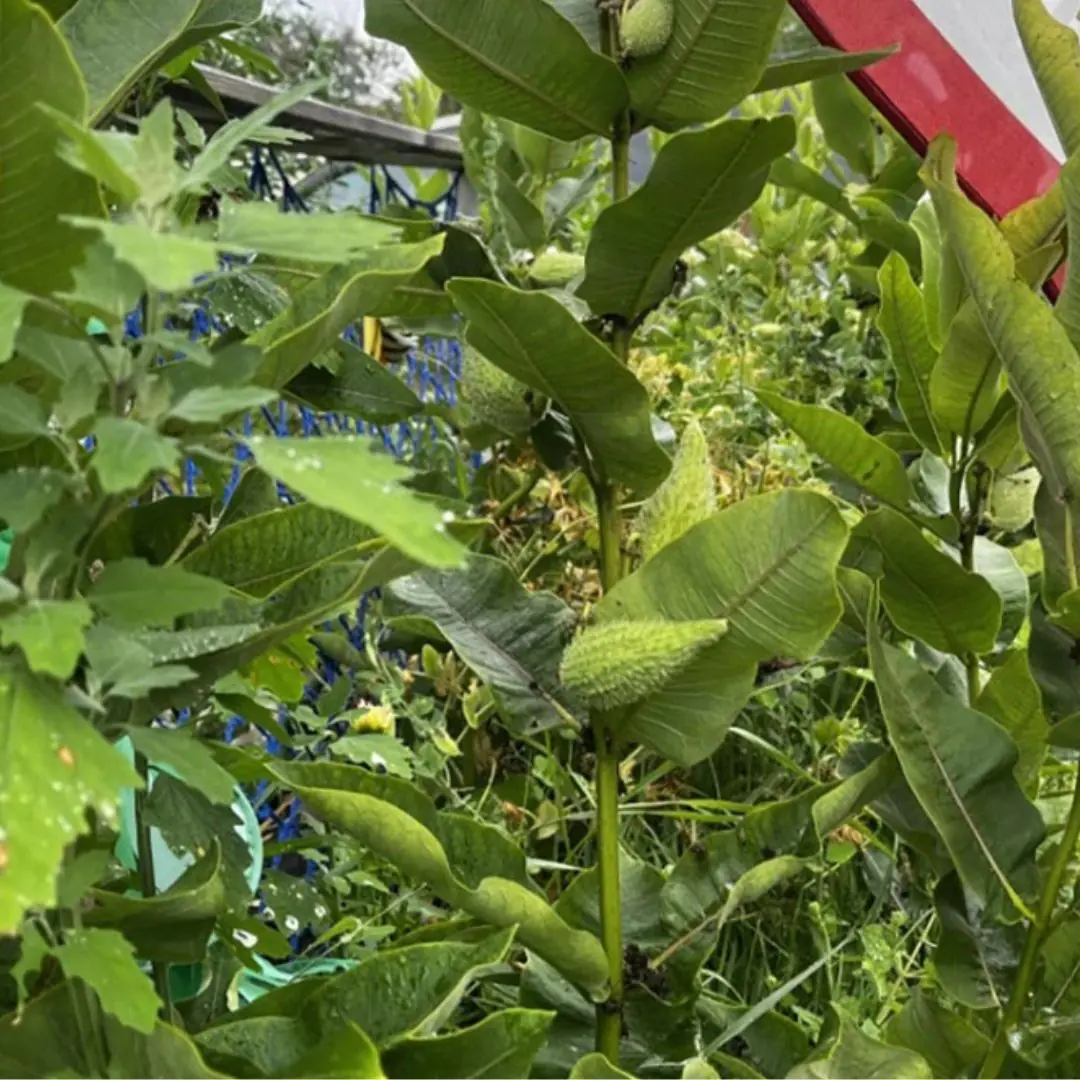
Most of you can't find the frog hiding in the picture, what about you?

My Husband Demanded I Dance for Him Like His Brother's Wife – the Lesson He Got Left Him Pale

4 everyday fruits doctors warn could fuel can.cer growth

I Got a Free First-Class Seat – My Entitled Brother Thought He Deserved It Just for Existing & My Family Took His Side

5 early warning signs of cervical can.cer

Secret to longevity: 3 eating habits that helped an old woman live to 118 years old

How your feet can reveal early signs of dia.betes

Why are rocks spread along railway tracks?

Great effects of drinking coconut water on an empty stomach for 7 days, the results will surprise you
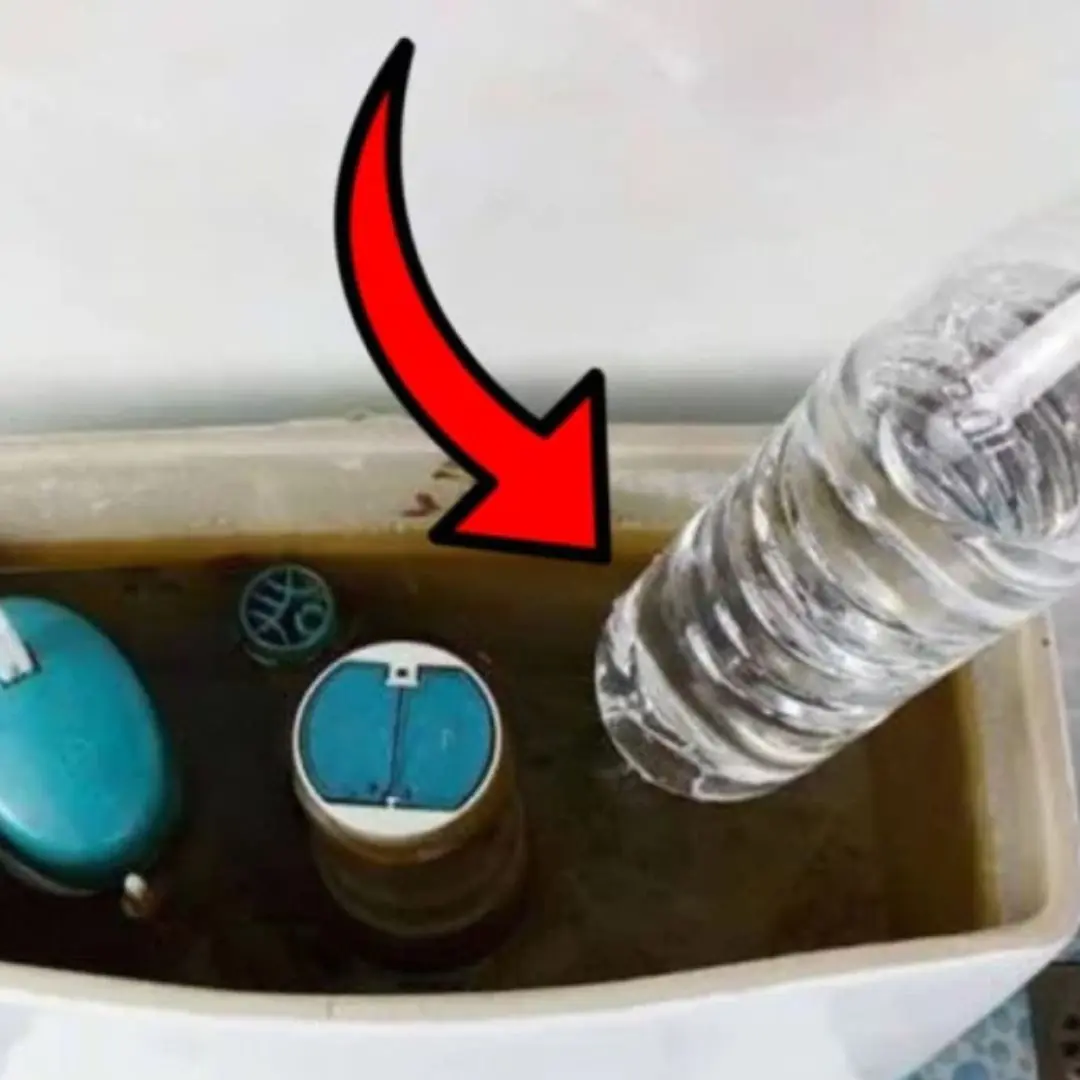
Put a plastic bottle in the toilet tank: A simple thing with great benefits, it's a waste if you don't know

Orange juice is nutritious but there are 5 groups of people who should not drink it
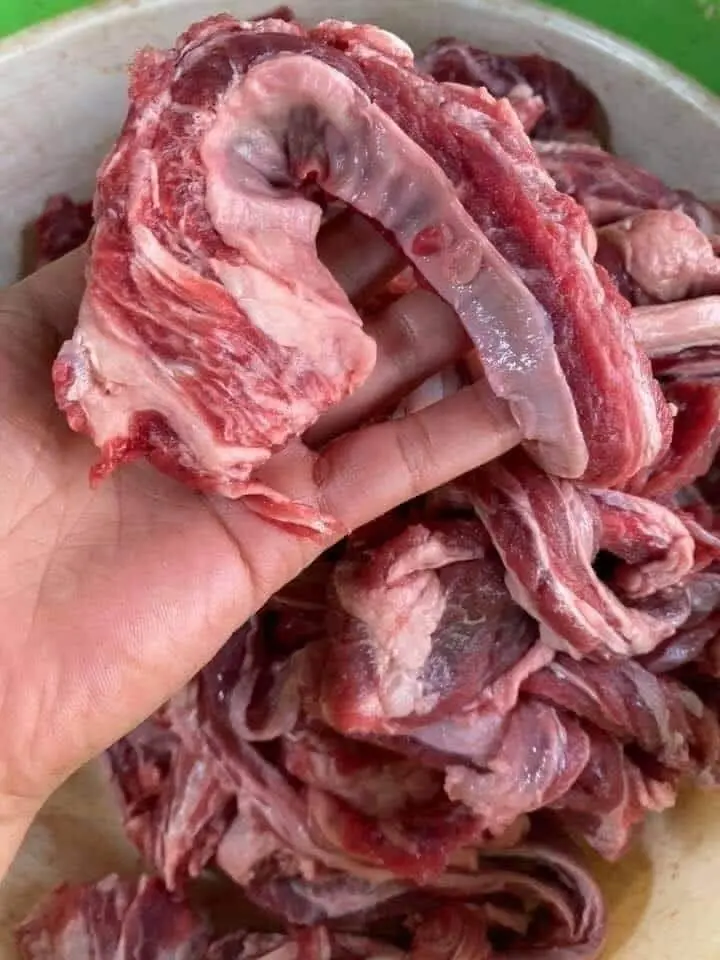
The Best Part of Pork
